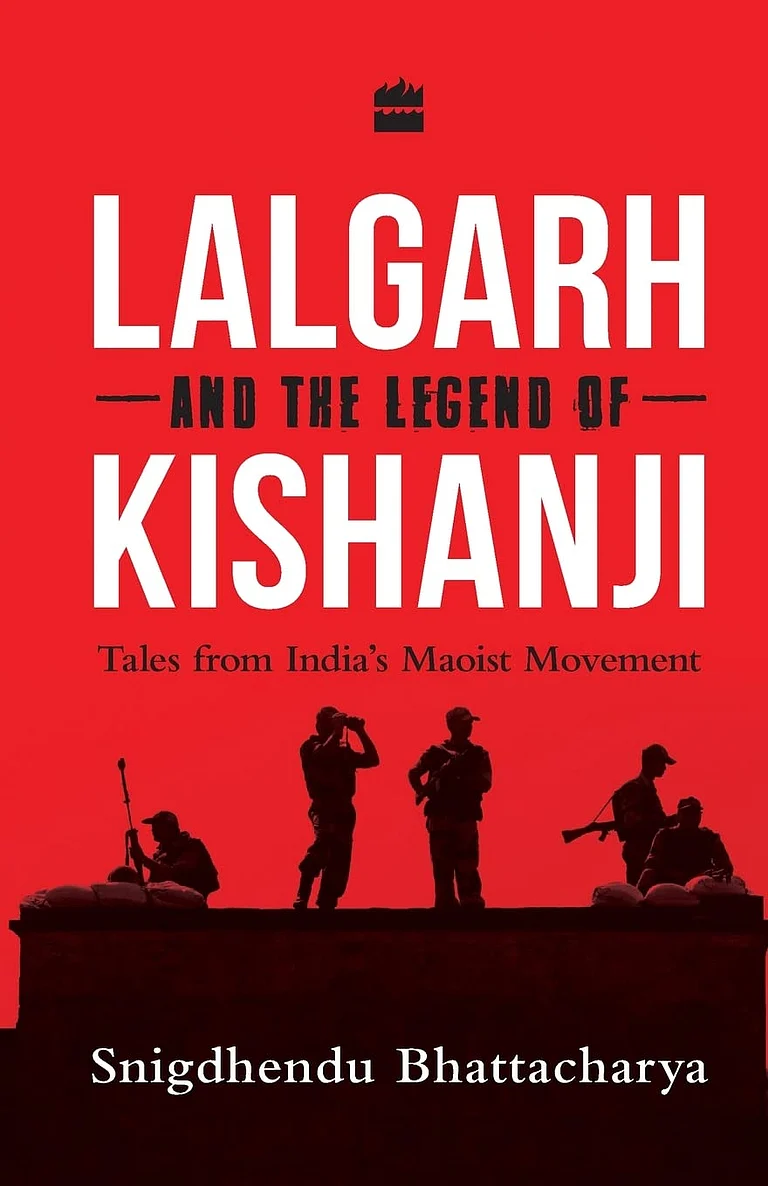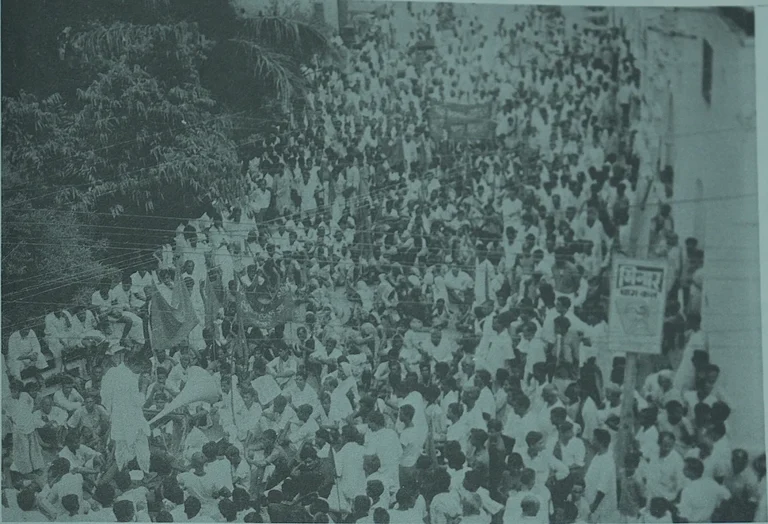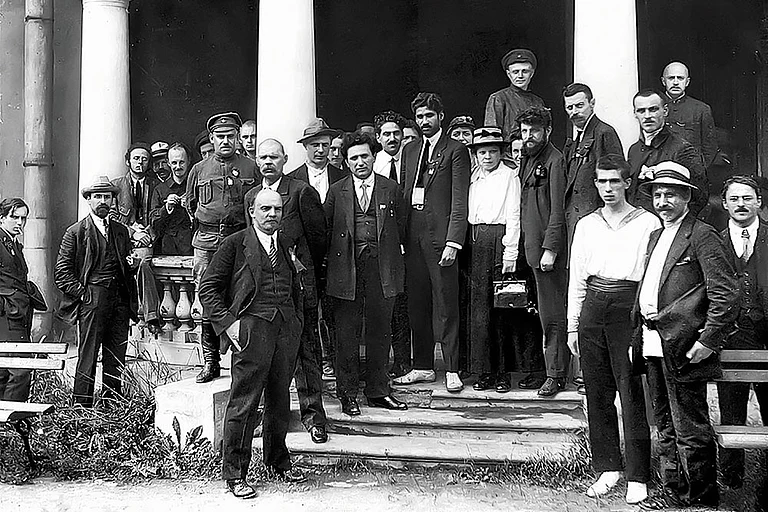The 17th edition of the Summer Paralympic Games is being held in Paris from August 28 to September 8, 2024. While sports for persons with disabilities have existed for more than 100 years, they have taken a more focused, dedicated form since 1989. (More Sports News)
What is the Paralympic Movement? Who runs it and what does it entail? We explain the history, evolution and all else below.
Genesis Of Paralympic Movement
The first-ever edition of the Paralympic Games, then known as the International Stoke Mandeville Games, took place in Rome in 1960. The same year, an International Working Group on Sport for the Disabled was set up under the aegis of the World Federation of ex-servicemen.
The purpose of this working group was to study the problems of sport for persons with impairments. It led to the formation of the International Sport Organisation for the Disabled (ISOD) in 1964.
ISOD provided opportunities for the athletes who could not affiliate to the International Stoke Mandeville Games. This comprised the vision-impaired players, amputees, athletes with cerebral palsy and paraplegics.
Initially, 16 nations were part of ISOD and the organisation rallied for the inclusion of vision-impaired and amputee athletes into the Toronto 1976 Paralympics, and athletes with cerebral palsy in 1980 in Arnhem.
Eventually, other disability-focused international organisations like the Cerebral Palsy International Sports and Recreation Association (CPISRA) and International Blind Sports Federation (IBSA) were founded in 1978 and 1980.
The four aforementioned bodies then created the International Co-coordinating Committee of Sports for the Disabled in the World (ICC) in 1982, so as to co-ordinate the Games.
The ICC was bolstered by the inclusion of the International Committee of Sport for the Deaf (CISS) and International Sports Federations for Persons with an Intellectual Disability (INAS-FID) in 1986. However, the hearing-impaired organisation continued to function separately too, and the member nations of ICC demanded greater national and regional representation in the organisation.
Consequently, the International Paralympic Committee (IPC) was born on 22 September 1989. IPC was founded as an international non-profit organisation in Dusseldorf, Germany and tasked as the worldwide governing body of the Paralympic Movement.
What Is The Paralympic Movement All About
In a nutshell, the Paralympic Movement is an international sporting movement for people with disabilities. The movement's vision is fostering an inclusive world through para sport.
The Paralympic Movement intends to bring about change via para sport in three focus areas: attitudes, mobility and opportunity. The IPC wishes to alter attitudes about people with disabilities, increase mobility and accessibility, and work towards ensuring that people with disabilities have equitable opportunities to education, healthcare, sport and employment.
Furthermore, the IPC abides by the motto that 'change starts with sport'. Hence, the objective of the Paralympic Movement is to be a catalyst for greater social inclusion, as well as advancing the United Nation’s 17 Sustainable Development Goals.
To that end, the Paralympic committee has been trying to create change through sport since 1989, with the Paralympic Games and Paralympians at its core. The Paralympic Movement uses the eyeballs and goodwill garnered via para athletes to dismantle the stigma attached to disability, empower societal transformation and seek a more inclusive world for all.












.jpg?auto=format%2Ccompress&fit=max&format=webp&w=768&dpr=1.0)















